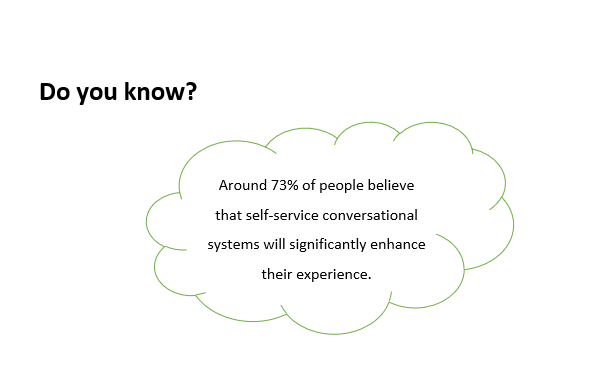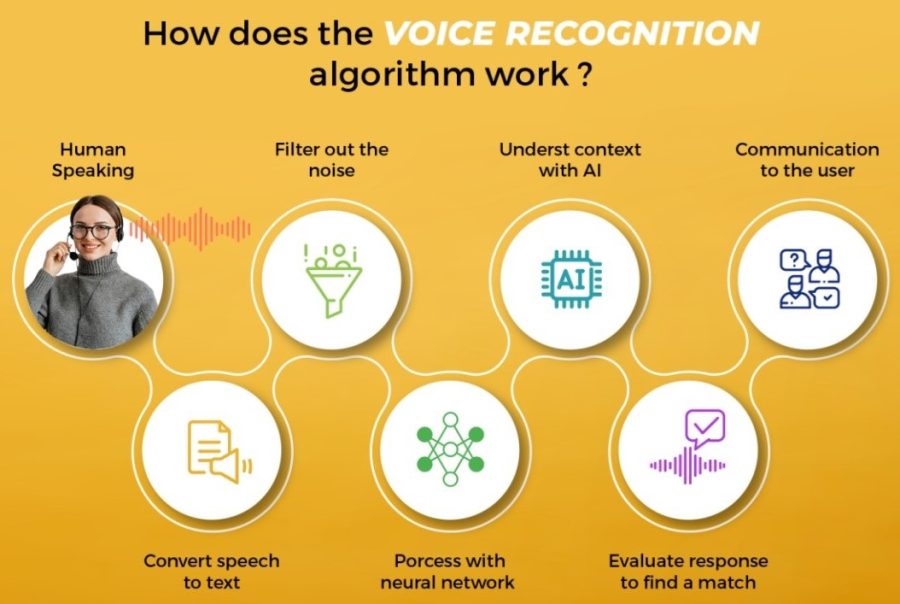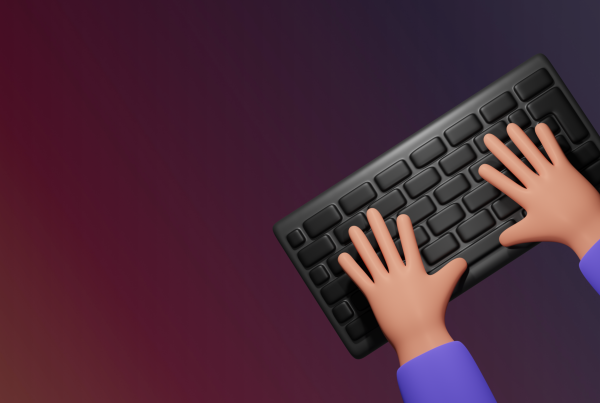Voice User Interfaces: Transforming Human-Computer Interaction
In the ever-evolving landscape of technology, Voice User Interface have emerged as a game-changer, revolutionizing the way we interact with computers and smart devices. As technology continues to advance, voice interfaces have grown increasingly sophisticated, providing a seamless and intuitive way to communicate with machines.
What are Voice Interfaces?
Also known as voice user interfaces (VUIs), these are the type of user interface that lets you interact with devices using spoken commands or questions, like virtual assistants such as Alexa or Siri or voice-controlled applications in smartphones and smart home devices.

Trends Fueling the Rise of Voice Interfaces
We are entering the world of the sonic revolution. Now, every kind of convenience is a sonic wave away, from smart speakers finding your favourite groove to Alexa making your purchases and bookings. Several trends have given rise to voice interfaces, a few of which are:
How does VUI work?
Voice integration in voice user interfaces leverages speech recognition, natural language processing, intention recognition, and a feedback mechanism to enable seamless and efficient interactions between users and devices through spoken language.

Types of Voice User Interface Devices
Voice interfaces are highly intuitive and allow us to communicate simply through speech. Some examples of VUI devices include:
Interactive Voice Response (IVR) systems
First VUIs that enabled users to interact with smartphones through speech.
Smart speakers and voice assistants
These digital aides use voice as an output method back to the user.
Voice Command Devices
VCD are the devices including the home appliances that work on simple voice commands.
Multimode User Interfaces
These are specific purpose interfaces that employ all types of human-computer interaction, used for specific applications with specific contexts.
Benefits of VUI
- Hands-Free interaction
- Accessibility
- Natural and faster interaction
- Multitasking
- Contextual understanding
- Speed
Drawbacks of VUI
- Lack of privacy
- Inability to display complex information
- Learning curve
- Lack of context
- Limited multimode interaction
- Over-reliance on voice
Strategies for successful VUI Integration
Despite the drawbacks discussed above, businesses can effectively incorporate Voice User Interface (VUI) by employing the following strategies:
By proactively addressing these challenges, businesses can harness the potential of Voice User Interface integration while ensuring a seamless and secure experience for their customers.
Security and Privacy Concerns
Ensuring privacy and safeguarding conversations necessitate critical elements like secure data storage and encryption. Some important security and privacy concerns of voice user interface include eavesdropping, data retention, misinterpretation of commands, voice authentication vulnerabilities, unintentional activation, device compromises, third-party data sharing, ambient listening, and lack of consent.
Future Trends of VUI
Voice user interface have revolutionized tech interaction but their full potential remains untapped. Some future trends for VUI include:
-
Emotional Intelligence
VUIs recognize and respond to user’s emotions for human-like responses.
-
Voice in Business
Increasing adoption in enterprise applications for enhanced productivity.
-
Multimodal Interfaces
Integrating gesture recognition and haptic feedback for immersive experiences.
-
Contextual Understanding
Better comprehension of context, and user intent for more accurate responses.
-
Hybrid Voice-chatbot Solutions
Combining VUIs with chatbots for versatile virtual assistants.
Wrapping Up!
Accessibility is not just a buzzword; it’s a fundamental right! And voice user interface plays a vital role in making that a reality. Voice interfaces have already transformed how we interact with technology, providing hands-free, natural experiences.
With advancing technology and promising trends, their full potential is yet to be realized. While challenges remain, the continuous evolution of voice interfaces promises a more accessible and intuitive future for users across various domains.




